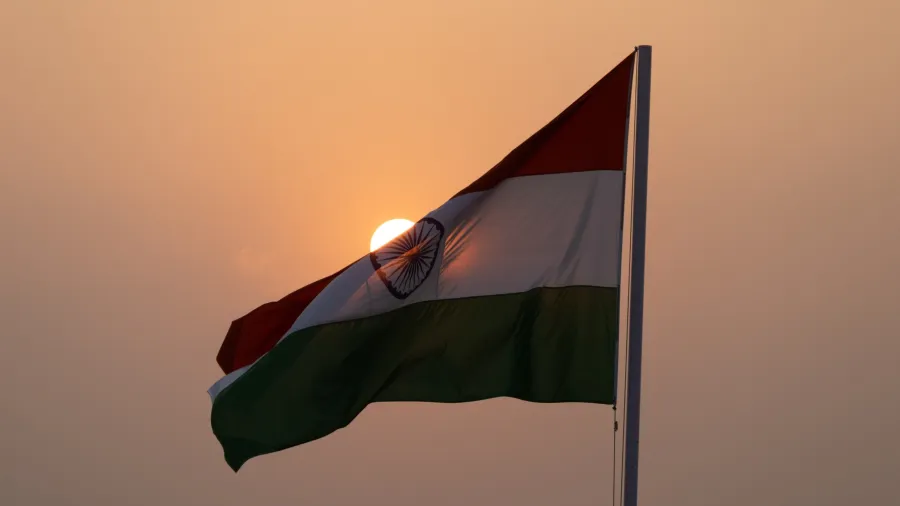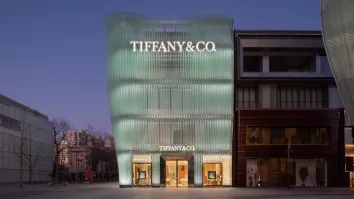
Localism rises amongst Indian consumers
Local products offer better value for money and are more in line with consumers’ priorities.
Indian consumers are placing a high priority on brands that offer a better value for money and consider ethical and sustainable efforts. As such, they prefer to purchase more from local brands than imported ones as they are deemed to be more aligned with consumers’ expectations.
‘Localism’ mindset
Saptarshi Banerjee, senior analyst at Mintel, said the growing “localism” mindset is driven by the younger generation. A recent poll showed that 44% of younger millennials and 40% of Gen Zs stated that imported brands that support local communities are appealing to them.
“We have seen an upsurge in ethical and sustainable initiatives. Consumers are increasingly looking at foreign brands who support local businesses and also modify their products as per local needs,” Banerjee told Retail Asia.
In addition, the pandemic has heightened consumers’ inclination towards health and wellness, with Indian consumers specifically perceiving imported products as less healthy and less cost-effective than local brands, he said.
In food and beverage purchases, for example, four in 10 Indian consumers thought it was worth buying from Indian brands over international brands during the pandemic.
A Mintel report also found that 45% of Indian consumers bought personal care products from local brands in the last six months to May 2022 compared to only 19% who brought from imported brands. Around 42% also brought clothing and/or accessories from local brands and 19% from imported brands.
In the beauty and/or cosmetic products category, 36% purchased from local brands, and 23% from imported brands.
Consumers in India are also more aware of the impact of their purchases on the environment and society and now choose to buy products and brands that are in line with their priorities and values.
Puneet Mansukhani, partner at KPMG in India, explained that these consumers demonstrate a willingness to incur additional costs for products that align with principles of being “environmentally responsible, socially ethical, and economically sustainable.”
To whet their interest, Mansukhani said “local brands are prioritizing traceability and ethical sourcing of raw materials to provide the right information to their customers, thus building trust and loyalty.”
Driving local brands’ growth
The preference for locally-made products is also driven by economic factors, particularly the Russia-Ukraine war, which worsens the existing supply chain problems brought about by the pandemic, Banerjee said.
These factors led to an increase in the cost of imported goods making them more expensive than local products and a massive rise in the cost of living globally.
“In terms of the recent financial uncertainties and the rising global geopolitical disruptions, consumers will be more drawn towards brands and products that instil a sense of belonging and community amongst them,” Banerjee said. “Those are the factors that will increase the uptake of local products.”
The Government of India is also supporting local brands by launching initiatives such as Make in India and Vocal for Local which contributed to stimulating Indians’ shift towards local brands, Mansukhani said.
Local brands are seen to have a better understanding of the local market as well as their needs, tastes and preferences as they are more inclined to use locally-available ingredients, providing an “exclusive and authentic experience.”
“Today, the availability of multiple local brands has given middle-income consumers the possibility of choice. National pride and affordability are also some of the reasons driving this shift,” he said.
Imported brands lack visibility
Imported brands also have low differentiation and visibility in India, Banerjee said. According to a Mintel report, around 32% of consumers cited difficulty in differentiating Indian products from imported products based on the packaging.
This is largely because global brands are manufacturing their products in India, competing with local brands in the premium segment and “offering superior quality as added benefits,” which include ethical and sustainable claims.
Mintel said that around the same proportion of consumers said that a dedicated section for imported products should be allotted on online shopping sites, with some consumers saying retailers should also make imported products stand out more in physical stores.
“There are fewer physical retail stores in India that stock primarily imported products other than urban cities, and also few online platforms where imported products are classified separately,” Banerjee said.
Penetrating the Indian market
The rising use of the internet presents an opportunity for imported brands to entice young consumers in lower-tier cities, Banerjee said. Citing Mintel data, he said 48% of Gen Zs in Tier 2 cities associate premium quality with imported brands.
“Brands can benefit from leveraging social media and tapping into their interests (e.g. gaming) to test product concepts and find new ways to engage this cohort,” Banerjee told Retail Asia.
An interesting point shared by Angshuman Bhattacharya, national leader for Ernst & Young India’s Consumer Product and Retail Sector, is that Indian consumers do not have a “country of origin fascination with the brands.” Rather, they are “discerning with value brands offer to consumers,” he said.
Bhattacharya added that multinational companies like Unilever, P&G and L’Oreal, amongst others, operated successfully in India by focusing on local consumers instead of leveraging a “global playbook.”
The key is for imported brands to bring a greater variety of options to consumers as brand options available in India are still limited compared to other markets in the region, Bhattacharya said. He added that distribution partnerships will also be helpful in reaching more customers and ramping up their scale and profitability.
Targeting local taste
As Indian brands are perceived to be healthier than imported brands, global businesses can also ride on this trend in launching new products, Banerjee said.
For example, McDonald’s India launched Turmeric Latte and Masala Kadak Chai on their McCafe menu. These items use traditional ingredients like turmeric and ginger which are good for the body.
He also said that imported brands should target regional communities by connecting with the flavours popular amongst Indians like KFC India which added Biryani Bucket to its menu.
Mansukhani said a one-size-fits-all approach in reaching the consumers would unlikely work as India is a highly diverse market.
“It is important for imported brands to have a localized approach to cater to the unique characteristics of the Indian market,” he said.
Mansukhani said customer segmentation and understanding local taste will be crucial for brands, taking into consideration various factors such as geography, demographics, and psychographics.
They should also explore various distribution networks to reach more audiences and enhance supply chain efficiencies, especially when going online, to build a “local identity.”
“More than availability and affordability, visibility is a crucial factor in this market. In a huge and diverse market like India, if customers are not even aware of the existence of a brand, establishing a solid presence in the market becomes even more difficult,” he said.
Opportunities for local brands
Aside from adopting new digital marketing tools to expand their customer base, local brands have to focus on reinforcing their brand identity “that resonates with Indian consumers” to maintain their strong foothold, Mansukhani said.
This could be done by launching unique products that promote the country’s heterogenous culture and heritage, and advocating for the use of locally-sourced materials. A direct-to-consumer model would also help in expanding their brands.
He added that the government initiatives supporting local brands also make funding easier. The Atmanirbhar Bharat initiative promotes self-reliance to reduce dependence on imports.
The trend that emerged during the pandemic which drive interest in health and wellness is not unique to India. This presents an opportunity for local brands to venture into international markets, Banerjee said.
For instance, Forest Essential, a luxury brand focused on Ayurvedic products, successfully entered the UK market by emphasizing the incorporation of traditional ingredients and highlighting their positive health benefits.
Still, both the local and imported brands have room for growth as India’s economy grows and discretionary spending rises.
“We see opportunities for international brands to collaborate and partner rather than compete. Players entrenched in India have advantages of distribution know-how, supply chain understanding, and knowledge of consumer preferences,” Bhattacharya said.
“New international entrants could cut the time to market significantly through partnerships, or even acquisition of some of these companies,” he added.



















 Advertise
Advertise







